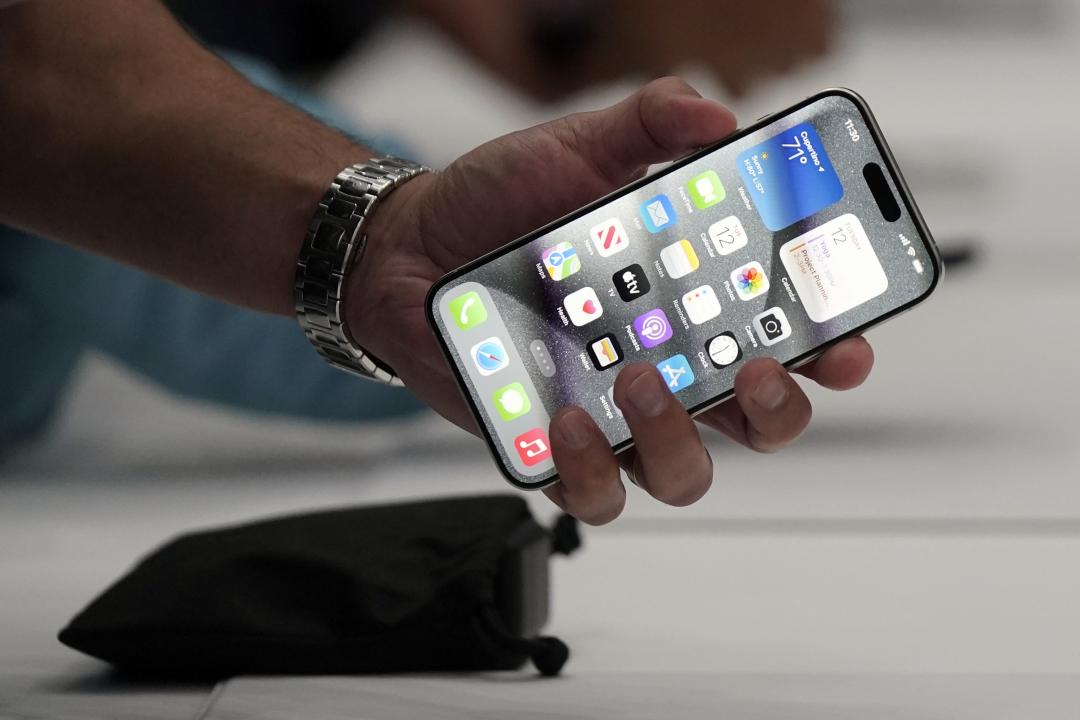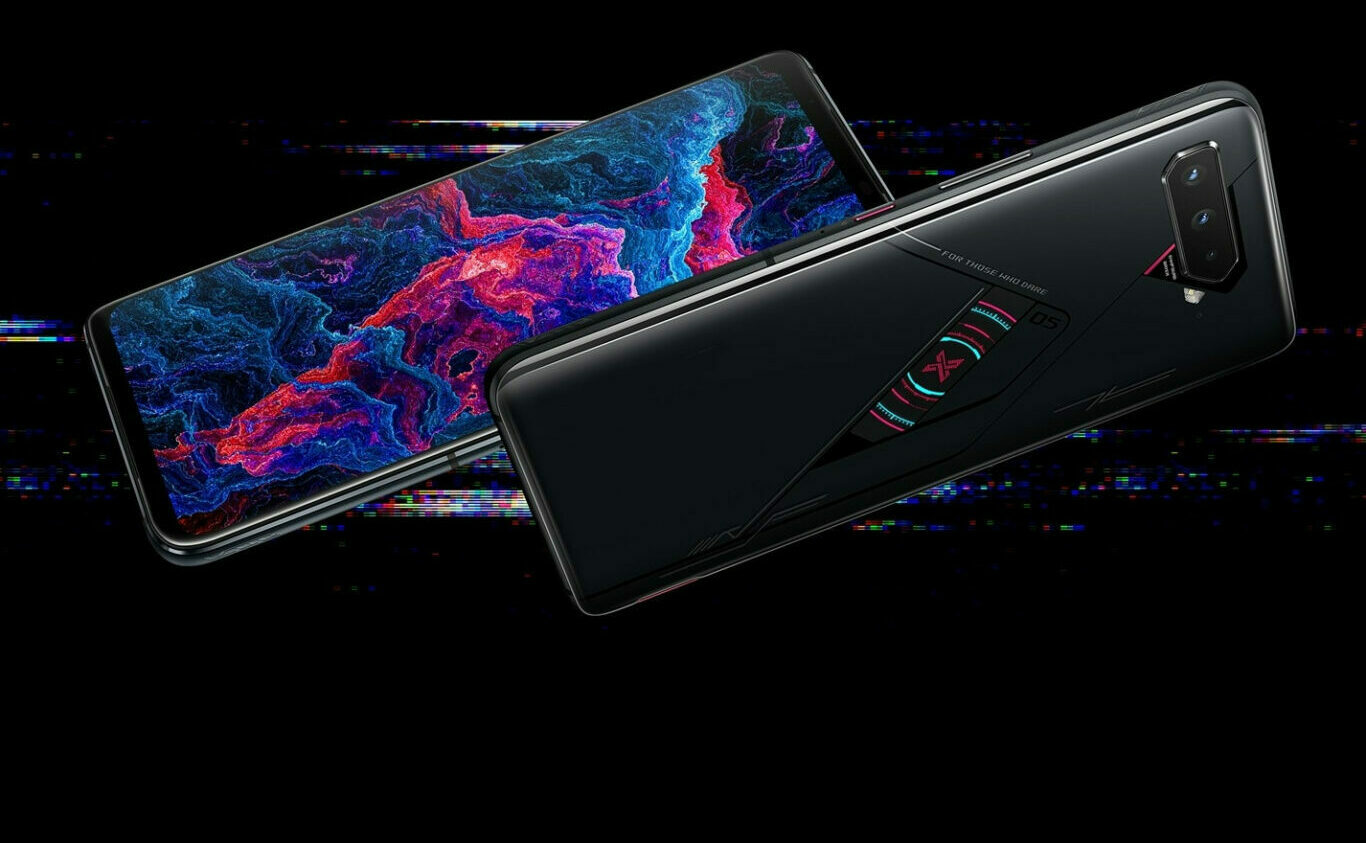新北收購手機
What the 新北收購手機iphone X borrowed from the Palm Pre
What the 新北收購手機iphone X borrowed from the Palm Pre
/
2009, meet 2017
Share this story
I have become the unofficial standard bearer for webOS, the operating system created by Palm for the Pre and its successive devices. It was a wildly innovative and smart foundation for a smartphone done in by performance problems, mediocre hardware, and most of all by US carriers who acted as kingmakers for other companies.
So as the bearer of a thoroughly-tattered banner, I’ve been hearing a lot of people ask what I thought about the 新北收購手機iphone X and how it borrows many of the ideas first introduced by Palm. Here’s what I think: it’s great, and also it’s silly compare the state of tech in 2017 with the state of tech in 2009. Just because Palm did some stuff first doesn’t take away from Apple is doing them now. Context matters, and our context today is very different.
The 新北收購手機iphone X has a lot of new interface ideas. Very few of them 100 percent original. Take FaceID, for example. Both Google with the Galaxy Nexus and Samsung with many other devices have been making unlocking your phone with your face possible — but all of them have been pretty bad compared to what I experienced with the 新北收購手機iphone X.
That’s not a Palm example, but it’s instructive: ideas float around and sometimes Apple does a better job of implementing them than others who did it first. Is that the case with the innovations Palm introduced with webOS, then? Yeah, pretty much, because technology marches on. But webOS did some things that nobody has copied yet, too — although I think it’s well past time to stop pining for those unique features.
Wireless Charging
Palm was the first major smartphone maker to popularize wireless charging. It worked then basically the same way it works now: a base pad with a big ol’ metal coil would wirelessly send power to another coil on the inside of a phone.
Palm’s implementation was custom — because it was also first. It was great for that year, but wouldn’t really hold up as well today, as it would be too slow. Since 2009, there was a giant standards battle between different ways of implementing wireless charging. That mostly seems resolved now, and Apple has ended it definitively by picking Qi. (Although its plan to try to iterate on the standard with new features with an announced new Apple-made charging pad will be fun to watch.)
But the Palm Pre did something smart that I would like to see again: it used magnets to align the phone and hold it to the pad. That meant that I could make a charging pad that I could put on my car dashboard to hold the phone, but mainly it allowed for an elegant charging pad that held the phone at a convenient angle on your desk or nightstand.
In the intervening years, Samsung really took the lead with wireless charging, introducing support for multiple standards and — more importantly — faster wireless charging. You could justifiably say Apple is playing catch-up here, but I understand why Apple waited. The standards battle was an absolute mess and the charging speed was pretty terrible until fairly recently.
Gesture-based navigation
On the 新北收購手機iphone X, you go home by swiping up from the bottom. You get to the multitasking view with a half-swipe. You can also switch apps by swiping along the home bar. Instead of being a simple button, it becomes a gesture area that can do multiple functions.
All of this is old hat for webOS users.
On webOS devices, however, things worked a little differently. “Home” on webOS was more like a desktop — it was a wallpaper and a dock. So swiping up didn’t so much take you home as it took you to the card multitasking view. You could also half-swipe to bring up the dock, a super convenient way to launch one of your most-used apps. The shortcut for the app launcher also lived here.
Palm put a touch-sensitive gesture area underneath the screen, because of course technology back then wouldn’t have allowed for an edge-to-edge display design. In the first iteration of the Pre, there was a home button that did the same thing as swiping up. Later, Palm did what it should have done in the first place and got rid of the home button, replacing it with a small LED strip. Which means that the indicator for home/gestures on the 新北收購手機iphone X looks a lot like what it did on the Pre 2.
Palm ended up doing a bunch of stuff (much of which was fairly unintuitive) with that gesture area. A half-swipe served as a back button. A full swipe across the entire area switched apps. In landscape mode, you could swipe to scroll. Hell, there was even a bonkers thing called the “Meta-tap” for copy and paste shortcuts, making the gesture area serve as a kind of Alt button.
Apple, rightly, is only introducing a couple of new UI concepts on the 新北收購手機iphone X. It’s too mass-market and too new to users to create a million different options on the first cut. But as more 新北收購手機iphones get rid of the home button and replace it with software, I expect (and hope) that Apple will start experimenting with putting more functionality into that area. In particular, I’d like Apple to start by stealing the dock idea — it’s already on the iPad in iOS 11, and it makes a ton of sense on the phone, too.
#First
There’s a giant pile of other things that webOS did first that both iOS and Android eventually borrowed. It had a Universal Search (later called “Just Type”) that was extensible and could do more than search (you could email or tweet from it directly). It had sane, swipe-able notifications. It pulled in basic personal data from multiple sources and combined them on the device. It updated over-the-air from the jump, not requiring you to plug in over USB. It had a UI that scaled automatically to different screen sizes.
Heck, it had a settings toggle area you got by swiping down from the upper-right of the screen, just like the 新北收購手機iphone X.
But to me, the most important thing webOS did first popularizing the idea of multitasking with cards. When you want to switch to another running app, most other phones to this point would just show you a tiny little grid of icons. The Pre showed you actual thumbnails of the full screens for the apps you had running.
It wasn’t long at all until everybody, Apple included, followed suit. It’s totally standard now, and it’s way better than just tapping those little icons.
But there’s nuance here, and it’s the main place where webOS tried something new that nobody else has copied since. The way you understand “cards” on iOS and Android is that it’s simply a “Most Recently Used” list. The running app is first then you swipe over to the last one you had open, and the one before that, and so on. It’s fast, convenient, easy to understand, and works well for when you’ve got more than a half-dozen apps going.
But webOS did it very differently. webOS’s cards were organized “spatially.” They actually represented active apps, not just the last few that you had open. You could rearrange them and swipe them up and away. It worked a little like moving windows around on your desktop, but the UI metaphors break down pretty quickly.
Palm later iterated on the concept by letting you group the cards into “hands,” little sets of cards that would sit together. On my setup, I would have a grouping for email — the cards that I needed to get communication done. Then to the right of that I’d arrange a bunch of web browser cards, and after that various communication app cards.
Palm’s way of doing it still hasn’t been replicated by anybody, and as I said I’m not sure if it would hold up as well in 2017 as it did when Palm first introduced it. We run a lot more apps now, and it took a lot of managing app windows to make it work. But when it worked, oh man did it work. You could be so much more productive on webOS (minus, of course, the slowness of the OS itself) than you could be on Android or iOS at the time. But to get there, you kind of had to know what you were doing.
Let go
I won’t want to paper over everything that was wrong with webOS — because a lot was wrong with webOS. The hardware was not great. It was too slow. Palm wasn’t able to get good support from a big enough US carrier to drive enough sales to start a virtuous cycle of development. And on and on and on.
It also did things that nobody else is doing, even today. It combined multiple texting services into a single interface, so you didn’t have to bounce between a kajillion messaging apps. You could easily enable a developer mode (by typing in the Konami Code!) that allowed for customizing the entire OS. It wasn’t locked down, it didn’t require insane hacking to change things. It was more extensible and more open than anything we have available to us today — Android included.
I know there’s a lot of kvetching about the 新北收購手機iphone X notch and about whether the UI decisions Apple made around the home bar / button / gesture area thing. I am sympathetic to all that. But I’m also glad that Apple borrowed so many of the good ideas we first saw in webOS. And I’m glad that it has a new UI canvas to work with.
It’s fun to wax nostalgic about webOS and its fun to belittle new things by pointing out that they’re not truly “new.” But nostalgia looks backward and it’s fundamentally indulgent in a way that isn’t really useful in tech. We should try to look forward — and if we’re lucky, both Apple and Google will borrow some of the other ideas webOS did first.
There are, after all, even more really good ideas that never saw the light of day and are free for the taking.
 (圖/美聯社)
(圖/美聯社)
將 新北收購手機iphone 升級至 iOS 17.5.1 版本,卻發現太耗電想要回到前一版本?現在已經來不及了!稍早蘋果正式關閉 iOS 17.5.1 認證通道,任何 Bug、問題只能待下次更新解決。
繼上週正式發佈 iOS 17.5.1 版本後,蘋果於今日關閉了 iOS 17.5.1 認證通道,阻止用戶回到舊版本,避免好不容易修復的資安漏洞遭到利用。像是在最新版本,主要就有修復「照片復活門」的 Bug,一些用戶發現,照片刪除之後,時隔多年再度回到「照片」App 之中。
根據日前外媒《Dynamic Tech》以 新北收購手機iphone 13、12、11、XR 以及 新北收購手機iphone X 進行 iOS 17.5.1 版本的續航測試發現,除了 新北收購手機iphone 13 表現比前一版本更好,能夠延長 22 分鐘的使用時間,其餘 4 款舊機表現都下滑,其中 新北收購手機iphone X 就一口氣少了 44 分鐘、新北收購手機iphone 12 也衰減 42 分鐘。
依照蘋果慣例,皆會在 iOS 最新版本釋出後的一至兩週內,隨即關閉舊版 iOS 認證,使用戶沒有管道能回到舊版本。因此,倘若擔心續航下滑或是碰上 Bug 災情,建議用戶可以拉長觀望時間,等到版本均穩定之後再進行升級。
新北收購手機 新北收購手機

:format(webp)/cdn2.vox-cdn.com/uploads/chorus_asset/file/9255697/4390076525_71b1223e69_o.jpg)